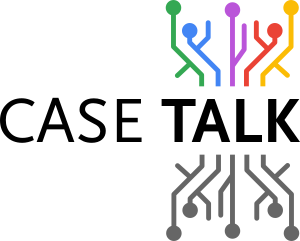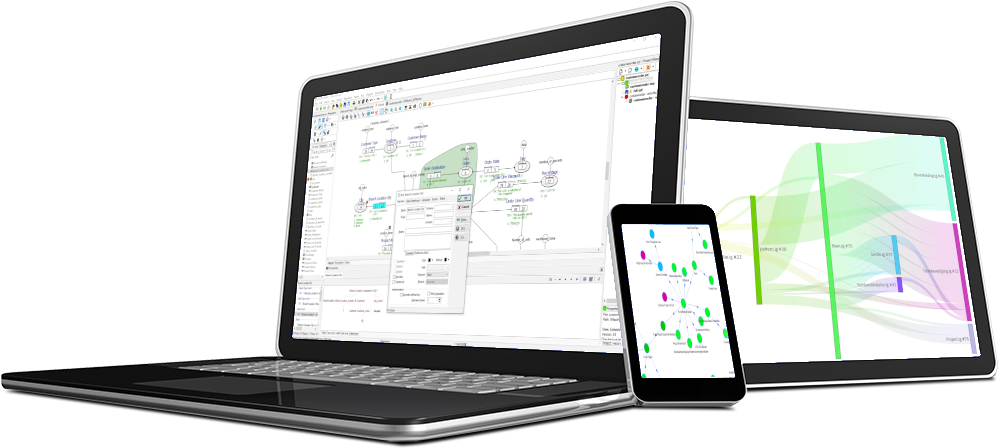- The Missing Link in Data Modeling: Why Business Communication Matters More Than Technical Diagrams
A one hour podcast hosted by Mustafa Qizilbash in which Marco Wobben talks about FCO-IM. In an era where organizations are drowning in data yet struggling to extract meaningful insights, a decades-old approach to information modeling is gaining renewed attention. Fully Communication Oriented Information Modeling (FCOIM), developed in the Netherlands starting mid-1990s upon work from the late 1960s, offers a radically different perspective on how we should approach data modeling—one that puts business communication at the center rather than technical structures.
The Fundamental Problem with Current Approaches
Most data modeling approaches today follow a familiar pattern: IT professionals listen to business requirements, interpret what they've heard, and then create technical artifacts—entity-relationship diagrams, normalized tables, or graph structures. The problem lies in the interpretation layer. As Marco Wobben, who has spent over 20 years developing FCOIM tools, puts it: "We listen to the business, then we throw away the story and build something technical."
This approach works when building simple applications, but breaks down in complex domains where precision matters. Consider building an IT system for an intensive care unit at a hospital. An IT professional's assumptions about medical terminology and workflows could have life-or-death consequences. Yet, traditional modeling approaches provide no systematic method for verifying that technical interpretations accurately reflect business reality.
What Makes FCOIM Different
FCOIM starts with a deceptively simple premise: instead of drawing diagrams first, begin with concrete fact statements expressed in natural language by domain experts. For example: "Employee 465 performs a checkup for patient 12349 on 12/10/2019 at 2 o'clock."
These statements become the atomic building blocks of the information model. The methodology then analyzes these expressions to extract their underlying grammar—identifying objects (Employee, Patient), relationships (performs), and constraints—without imposing technical interpretations.
The key insight is maintaining traceability. Every element in the final technical implementation can be traced back to specific domain expert communications, complete with metadata about who said what, when, and in what context.
The Three Building Blocks
FCOIM operates with three fundamental components:
Fact Types: Patterns of statements that express the same kind of relationship. "Marco lives in the Netherlands" and "Bill lives in the United States" both express "Homeland" relationships.
Object Types: Representations of things in the real world that emerge from the fact statements. "Marco" and "Bill" are instances of the "Person" object type.
Label Types: The actual data values used to identify objects in business terms. "Marco" is a first name (label type) that identifies a person (object type).
This structure allows for sophisticated modeling while remaining grounded in business language. When Marco mentions moving to Belgium, the model can recognize that "Homeland" becomes both a fact type (in the original statement) and an object type (when it changes over time).
Addressing the Communication Challenge
The methodology directly confronts what many consider the biggest obstacles in data modeling: the ambiguity of natural language and organizational silos. Different departments often use the same terms to mean different things. "Inventory" might mean books on the shelf to the warehouse team, books already sold to the sales team, and books on order to the purchasing team.
FCOIM handles this through systematic verification. Rather than asking abstract questions about business rules, the methodology presents concrete scenarios derived from the original fact statements. Instead of asking "Can an employee perform multiple checkups?" it shows actual examples and asks "Is this a valid scenario: Employee 465 performs checkups on patients 12349 and 12350 on the same day?"
This example-driven validation ensures business constraints are captured accurately rather than assumed by technical teams.
The Metadata Advantage
Unlike traditional approaches that focus solely on structure, FCOIM maintains rich metadata throughout the modeling process. Every fact statement includes information about who provided it, when, for what department, and for what purpose. This creates comprehensive lineage tracking from business communication through to technical implementation.
This metadata becomes crucial for governance, especially in regulated industries where audit trails are essential. It also enables sophisticated reuse patterns—organizations can pick and choose specific facts needed for different solutions while maintaining their business context.
Limitations and Practical Considerations
FCOIM's strength—its emphasis on thorough domain understanding—is also a limitation. The approach requires significant domain expert involvement and may be overkill for simple applications or rapidly changing requirements where agility trumps precision.
The methodology appears most valuable in complex domains where the cost of misunderstood requirements far exceeds the investment in thorough analysis: healthcare systems, financial regulations, safety-critical applications, or large enterprises with multiple mergers requiring system harmonization.
The Broader Context
FCOIM's emphasis on natural language processing and graph-like structures aligns with current trends in AI and knowledge management. The methodology can generate various technical artifacts—relational databases, UML diagrams, JSON schemas, RDF graphs—from the same information model, making it particularly relevant as organizations seek to break down silos between different technical domains.
The approach also addresses growing concerns about the "story" behind enterprise data. As organizations build increasingly sophisticated data lakes and analytics platforms, they're discovering they've lost track of what their data actually means in business terms.
Moving Forward
While FCOIM may seem like a step backward—more process, more documentation, more business involvement—it addresses fundamental challenges that purely technical approaches cannot solve. The methodology's emphasis on verifiable business communication provides a foundation for the kind of cross-functional collaboration that modern data initiatives require.
The question isn't whether FCOIM will replace existing modeling approaches, but whether organizations struggling with data integration, governance, and business alignment can afford to ignore its insights about the critical role of communication in successful data management.
As AI and machine learning capabilities continue to advance, the ability to capture and verify business intent in systematic ways becomes increasingly valuable. FCOIM offers a disciplined approach to this challenge, grounded in decades of practical application and supported by modern tooling that can assist with the traditionally labor-intensive aspects of the methodology.
For organizations where data quality and business alignment are critical success factors, FCOIM represents not just an alternative modeling approach, but a fundamentally different philosophy about where successful data initiatives must begin: with clear, verified communication about what the business actually does and needs.


